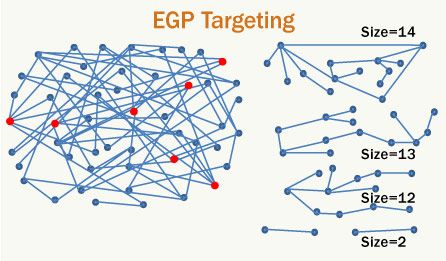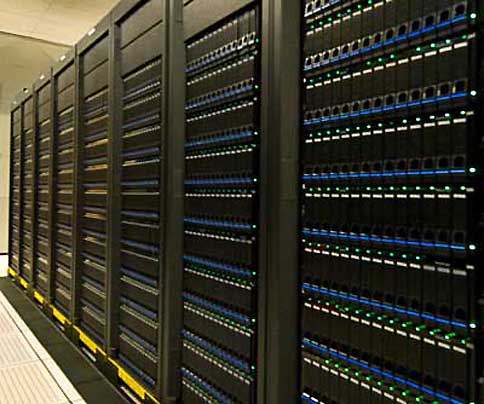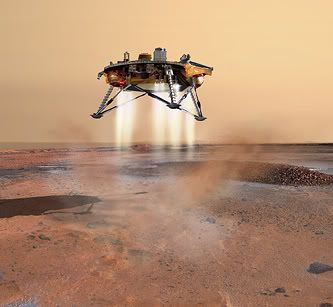For both ethical and practical reasons, monoclonals are usually made in mice. And that’s a problem, because the human immune system recognizes the mouse proteins as foreign and sometimes attacks them instead. The result can be an allergic reaction, and sometimes even death.
To get around that problem, researchers now “humanize” the antibodies, replacing some or all of mouse-derived pieces with human ones.
Wilson and Ahmed were interested in the immune response to vaccination. Conventional wisdom held that the B-cell response would be dominated by “memory” B cells. But as the study authors monitored individuals vaccinated against influenza, they found that a different population of B cells peaked about one week after vaccination, and then disappeared, before the memory cells kicked in. This population of cells, called antibody-secreting plasma cells (ASCs), is highly enriched for cells that target the vaccine, with vaccine-specific cells accounting for nearly 70 percent of all ASCs.



